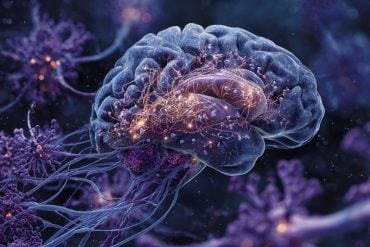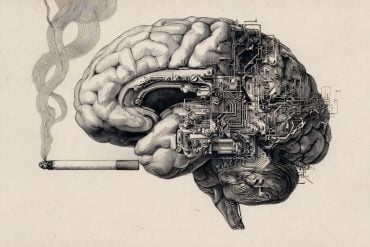Summary: A new study used virtual reality taxi driving tasks to uncover how the brain maintains a sense of direction in naturalistic environments. Neuroimaging showed that two brain regions consistently tracked forward-facing direction, even when visual features, task phases, and city layouts varied.
These regions appeared to anchor orientation to the north–south axis, functioning like a neural compass. The findings may provide insights into early detection and monitoring of neurodegenerative conditions where disorientation is common.
Key Facts
- Neural Compass: Two brain regions track facing direction across tasks and city designs.
- Stable Signal: Orientation coding remained consistent despite visual and contextual changes.
- Clinical Relevance: Could help detect or monitor neurodegenerative diseases causing disorientation.
Source: SfN
Zhengang Lu and Russell Epstein, from the University of Pennsylvania, led a study to explore how people maintain their sense of direction while navigating naturalistic, virtual reality cities.
As reported in their new Journal of Neuroscience paper, the researchers collected neuroimaging data while 15 participants performed a taxi driving task in a virtual reality city.

Two brain regions represented forward-facing direction as people moved around. This neural signal was consistent across variations of the city with different visual features.
The signal was also consistent across different phases of the task (i.e., picking up a passenger versus driving a passenger to their drop-off location) and various locations in the city.
Additional analyses suggested that these brain regions represent a broad range of facing directions by keeping track of direction relative to the north–south axis of the environment.
According to the researchers, these findings suggest that these brain regions may serve as a neural compass.
Says Epstein, “Losing your sense of direction is something that can happen in neurodegenerative diseases, so continuing to explore the function of these two brain regions may help with early detection or monitoring progression of these diseases.
“We’re also interested in understanding how people navigate using both visual and internal cues—this would relate to the challenges faced by people with impaired vision.”
About this navigation and visual neuroscience research news
Author: SfN Media
Source: SfN
Contact: SfN Media – SfN
Image: The image is credited to Neuroscience News
Original Research: The findings will appear in Journal of Neuroscience.






